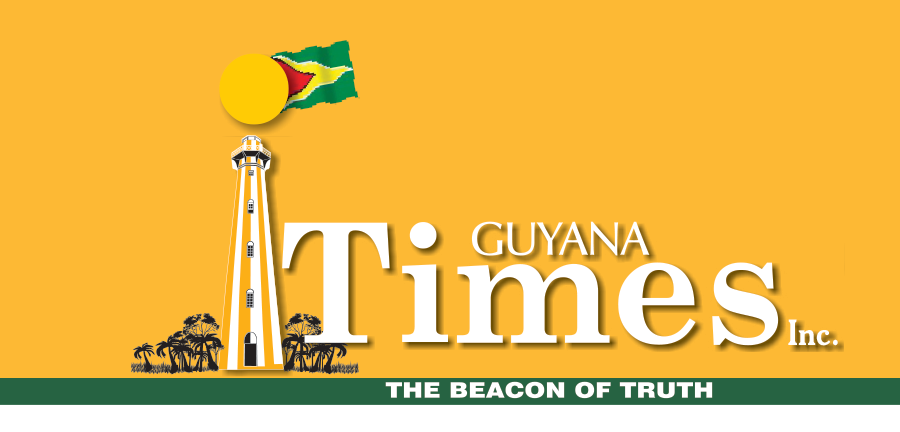The commissioning of the Center for Equity, Opportunity and Innovation at Palmyra, Canje, represents an essential advancement for both Guyana and the wider Caribbean. Far beyond its physical structure, the facility stands as a definitive statement of the nation’s commitment to the full inclusion of persons with disabilities as integral participants in the country’s development agenda.
This initiative, housed within the Empower Guyana building, is a regional first. Its impact is both symbolic and practical. Symbolically, it signals a shift in how disability is viewed as a dimension of human diversity. Practically, it creates tangible opportunities for 120 persons with disabilities to earn an income, build careers, and live with dignity.
For far too long, persons with disabilities have existed on the periphery of the workforce, held back by physical barriers, social prejudice, and systemic exclusion. This Center reimagines that reality. It does not offer charity; it offers employment, purpose, and agency. It does not ask persons with disabilities to adapt to a system that was never built for them; it builds a new system with them at the center.
The five specialised workstations, ranging from web services and electronics repair to arts, crafts, garment production, food preparation, and general creative work, highlight the depth of talent and potential that exists within the disabled community. These are not sheltered workshops or token positions. These are productive, revenue-generating operations that integrate skills development with entrepreneurship. A retail space on-site will showcase and sell products made at the Center, reinforcing a sustainable model that values innovation and self-reliance.
In addition to employment, the Center offers mental health support, leadership training, and a cafeteria designed to foster community. The inclusion of a shade house, managed by staff for sustainability and further skill development, underlines the comprehensive nature of this undertaking. This is not a single act of intervention. It is a holistic response to systemic exclusion, providing tools that empower individuals while enriching the social and economic fabric of Guyana.
Importantly, this development is not occurring in isolation but rather is backed by a clear policy direction that prioritises inclusive growth.
The Government’s stated commitment to inclusive national development is being translated into substantive action. This initiative reflects a broader recognition that genuine progress is defined not solely by physical infrastructure, but by the creation of opportunities for those historically excluded from full participation in society. The First Lady’s role in initiating and championing the Center through the Office of the First Lady’s InclusAbility initiative must be acknowledged as an example of what can be achieved when leadership is grounded in empathy, vision, and persistence. Her efforts to engage with the disability community, to understand their challenges, and to act upon their expressed needs have culminated in a facility that stands as a model for the rest of the region.
Region Six (East Berbice-Corentyne), long regarded as a traditional agricultural belt, now takes on the mantle of a hub for social innovation. This redefinition of place and purpose sets a powerful precedent. It is a reminder that innovation does not only come in the form of technology or infrastructure, but in new ways of thinking about equity, inclusion, and community development.
The broader significance of this Center cannot be overstated. It challenges the private and public sectors to rethink hiring practices, accessibility, and workplace design. It calls on communities to support, celebrate, and integrate persons with disabilities as equals. It positions Guyana as a regional leader in inclusive development, a nation not only rich in resources, but also in compassion, creativity, and conviction.
This Center should inspire replication across all regions of Guyana and throughout the Caribbean.
Discover more from Guyana Times
Subscribe to get the latest posts sent to your email.









